SUMMARY
This is AI generated summarization, which may have errors. For context, always refer to the full article.
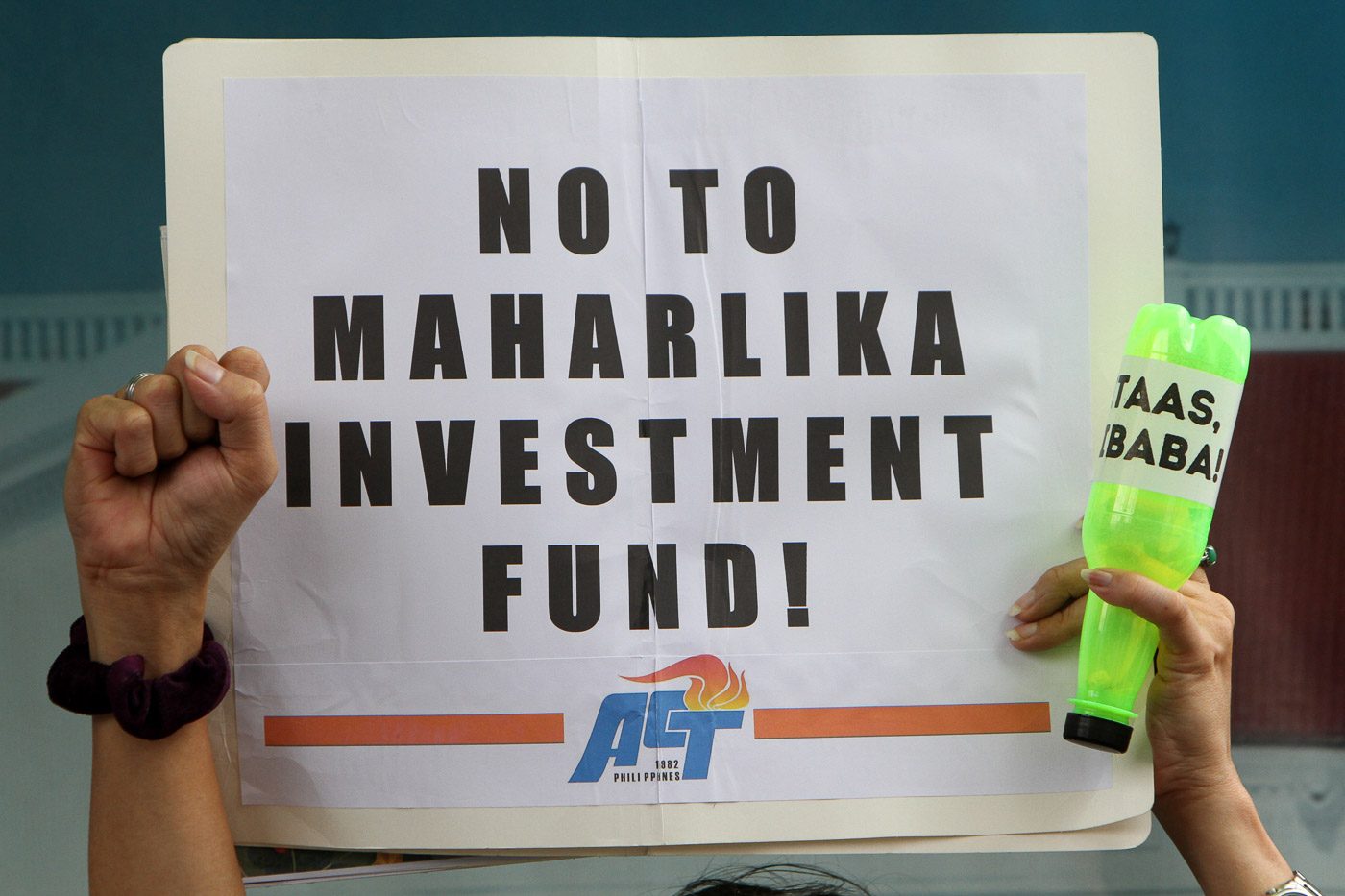
MANILA, Philippines – The Maharlika fund has begun its journey through the Senate, kicking off with a public hearing on Wednesday, February 1, that raised renewed questions on the viability of its funding sources and the effectiveness of its safeguards.
Senator Mark Villar, who chairs the committee overseeing the proposed bill, has promised to “take our time in order to allow the best version possible for the Filipino people.” Already, lawmakers and experts alike have weighed in on how to improve the controversial sovereign wealth fund – and, in some cases, have called for its scrapping altogether.
For instance, a joint statement from the Foundation for Economic Freedom (FEF), Management Association of the Philippines (MAP), and UP School of Economics Alumni Association (UPSEAA) have flagged the Maharlika fund as “fundamentally flawed.”
The Milken Institute, on the other hand, recognized the benefits of a sovereign wealth fund done right, but cautioned the government it should pick out “appropriate and realistic funding sources.”
Here are five areas of concern raised by lawmakers and experts since the Senate began its deliberations.
1. Problematic funding sources
The House and Senate versions of the bill state that funding will come from the Land Bank of the Philippines (LBP) and the Development Bank of the Philippines (DBP), as well as remittances from the Philippine Amusement and Gaming Corporation (PAGCOR) and the Bangko Sentral ng Pilipinas (BSP).
The LBP will contribute P50 billion in start-up capital, while the DBP will pitch in another P25 billion.
Experts have challenged the use of these sources. In their joint statement, the FEF, MAP, and UPSEAA maintained that the Maharlika fund’s current funding sources could weaken the government financial institutions (GFI).
“The MIF is highly questionable as a strategy to achieve the government’s stated objectives. This is due to the fundamental flaw that funding of the MIF will not come from significant surpluses from commodity earnings or government operating results. Instead, the funding will be extracted from – and weaken – the BSP, GFIs, and other GOCCs,” the three organizations said.
A previous joint statement from twelve top business and economic policy groups, also led by the FEF, warned that the country didn’t have the appropriate funding sources to set up a sovereign wealth fund. Instead, the government should focus on managing its worrying debt situation.
“The Philippines has neither commodity-based surpluses nor surpluses from external trade and SOEs (state-owned enterprises),” it had said. “The existential priority of the government is the management of the fiscal deficit and the public debt to avoid a downgrade of the country’s credit rating.”
With the country still loaded up on debt, a former bank president warned against setting up a sovereign wealth fund altogether – which, he quipped, might be better termed a “sovereign liability fund.”
Being quoted by Senator Risa Hontiveros during a public hearing, the former bank president had said: “The Philippines has a high level of debt-financed programs, and no new sources of funds have come into consideration since the MIF discussions started. And because instead of paying debt, we are putting up a SWF, in effect, the Philippines is borrowing the money for the SWF. We should perhaps call it a sovereign liability fund as it is effectively funded by liabilities. There is also no assurance that the cost of borrowing will be lower than the yield to be generated by the SWF.”
Enrico Villanueva, a senior lecturer of economics at the University of the Philippines Los Baños, also worried about how the mandated contributions of LBP and DBP would affect their ability to service debts.
“Forced contributions from the GFIs will weaken these banks, possibly scare depositors or creditors, cause erosion of public trust on banks, and send contagion and systemic shocks in the banking system,” he said.
Villanueva also pointed out that requiring PAGCOR to contribute a part of its remittance to the fund would indirectly cut funding to something else.
A recently “reengineered” version of the bill also suggested that funding should instead come from dividends of government-owned and controlled corporations (GOCCs), but lawmakers have highlighted several flaws.
No less than President Ferdinand Marcos Jr. has shot down the idea, calling it “too disruptive” since multiple GOCCs would need to revise their mandates. Senate President Migz Zubiri and Senator Win Gatchalian have both cautioned against the idea, saying that redirecting GOCC dividends to the fund would also mean removing their contribution to the national budget.
This wasn’t the first time that critics questioned the MIF’s funding sources. Under an older proposal, the MIF was set to receive P125 billion and P50 billion from the Government Service Insurance System and Social Security System, respectively. But after fears that the Maharlika fund could endanger the welfare of pensioners, the House spared both state pension funds from contributing to the start-up capital.
2. Conflicts of interest for BSP
The Senate bill also taps the BSP for a significant portion of the MIF’s funding. Under the bill, the BSP would provide 100% of its annual dividends for the first and second year. Recognizing that the BSP is still in the midst of building up its capital requirements for its own stability, the central bank would only be required to remit 50% of its annual dividends. However, once the BSP completes its P250 billion capital requirement, it would then resume remitting 100% of its declared dividends to the MIF.
The BSP estimated its dividends for 2022 to be around P30 billion to P35 billion, according to BSP Deputy Governor Francisco Dakila Jr. in a House hearing on December 9.
Requiring the BSP to put its dividends into the fund might add to the pressure of maximizing whatever earnings it can get, instead of focusing on its bigger role of maintaining the economy’s health. This can cause conflicts of interest for the BSP according to the FEF, MAP, and UPSEAA. For instance, it can taint its judgment on whether to lower reserve requirements – a decision that may reduce how much the BSP earns, but may also improve the overall economy.
“The BSP imposes reserve requirements on banks, on which it may pay interest. Easing these requirements reduces the ‘income’ of the BSP, and by extension its dividends, but it boosts the economy by lowering the costs of financial intermediation. The BSP’s monetary objectives could be at odds with the MIF’s need for funding through the BSP’s earnings and dividends,” their joint statement read.
Taking away the BSP’s dividends could also shake the central bank’s own stability, especially while it’s still undergoing capital buildup.
“This not only amends the BSP’s mandate to promote monetary stability by adding an earnings factor for the MIF in its key performance indicators, but also effectively deprives the BSP of its ability to strengthen itself from its earnings to manage liquidity and inflation, as well as help distressed financial institutions. It compromises the BSP’s autonomy, independence, and ability to deliver on its price and financial stability mandates,” the joint statement also said.
However, BSP Governor Felipe Medalla supported the provisions requiring the central bank to contribute its dividends to the fund.
“This postpones the buildup of the capitalization of the BSP, but at this point, our balance sheet is quite good, and we could easily take the postponement,” he said during the Senate hearing.
3. Risky sovereign guarantee
The Senate bill also provides a sovereign guarantee for the investments of LBP and DBP in the Maharlika fund, stating that “security or debt instruments issued by the Maharlika Investment Corporation (MIC) to GFIs shall be guaranteed by the NG (national government).”
This means that any losses would be covered by the government. While the provision may be intended to address potential risks to the investments of GFIs, experts warn it may burden the national government with more liabilities.
“This provision however will create additional contingent liabilities for the national government at a time when there are serious concerns about the size of the government’s outstanding debt, contingent liabilities in infrastructure projects and pension funds, and burgeoning unfunded liabilities in the retirement program for the armed forces,” the FEF-MAP-UPSEAA joint statement read.
Having their investments backed by a sovereign guarantee may also lead the LBP and DBP to consider any amount they put into the Maharlika fund as “risk-free assets.” Experts also fear that the LBP and DBP may have less reason to conduct due diligence on their investments, given the guarantee.
“Giving the GFIs a statutory guarantee for its lendings to the MIF will open the sizeable liquidity of the LBP and the DBP. However, it creates no incentive for diligence, since the risk is passed as a contingent liability entirely to the NG [national government],” the joint statement read.
4. Insufficient safeguards
Senators have also questioned whether the Maharlika fund has enough safeguards. During the public hearing, Senator Hontiveros highlighted the bill’s weak penal provisions. She said it lacked provisions for forfeiture of ill-gotten wealth, perpetual disqualification from public office for offending public officials, and strong measures against anti-money laundering.
Hontiveros also said that the penalties for graft were low, with corrupt directors and officers being fined just P500,000 to P1,000,000.
There were also questions on the MIF’s financial review process. Even after Finance Secretary Benjamin Diokno gave assurances that the MIF will be reviewed by several layers of audit, Senator Joel Villanueva remained doubtful. He reminded the Senate about how PAGCOR had previously circumvented audit safeguards.
“‘Yung PAGCOR got a third-party auditor, external auditor, spent P6 billion, hindi makita kung nasaan ‘yung office. Sabi accredited by international bodies, pero wala. Tapos merong bangko nagcertify na OK siya, pero ‘yung bangko na ‘yun, ni hindi registered dito sa Pilipinas,” he said.
(PAGCOR got a third-party auditor, external auditor, spent P6 billion, and then we couldn’t even find their office. They claimed they’re accredited by international bodies, but there was nothing. And then a bank supposedly certified that they’re OK, but that bank wasn’t even registered in the Philippines.)
5. Little added value
On top of all this, lawmakers wondered what the MIF could accomplish that existing government institutions couldn’t. Challenging the MIF’s purpose as a development fund, Hontiveros pointed out that it would still be possible to pursue lucrative development projects – like the North Luzon Expressway – even without creating a new entity like a sovereign wealth fund.
During the public hearing, representatives from both the LBP and DBP confirmed that they could theoretically invest in a project like a toll road.
Senator Chiz Escudero also suggested that the LBP and DBP could directly lend to the agriculture sector rather than contribute capital to the MIF.
“The basic argument of the Bangko Sentral with us for the past 12 years that I’ve been in the Senate before has been ‘no we cannot allow that, we cannot allow these banks to put 70% of their loanable money in agriculture because it’s like putting their eggs in one basket’…. But so far as the Maharlika Investment Fund is concerned, they’re willing to look the other way,” he said in an interview with ANC on Thursday, February 2.
Experts also weighed in on this issue. In its recent report assessing the Maharlika fund proposal, the Milken Institute commented that the use of existing funding to start up a sovereign wealth fund provided no additionality.
“Using national savings and pension plans comes with additional risk in that they won’t provide additionality – they count as existing funding,” the US-based think tank said.
The FEF, MAP, and UPSEAA likewise urged the Senate not to create yet another entity for developmental purposes, but to instead shift their focus towards improving the country’s existing institutions.
“Rather than pursue the MIF, we respectfully recommend that the legislature focus instead on working with and strengthening existing institutions and fulfilling developmental aspirations through the budget process as mandated by our Constitution,” the joint statement read.
The Senate is poised to continue deliberations on the Maharlika bill, with it possibly being passed into law after the Holy Week break. – Rappler.com
Add a comment
How does this make you feel?
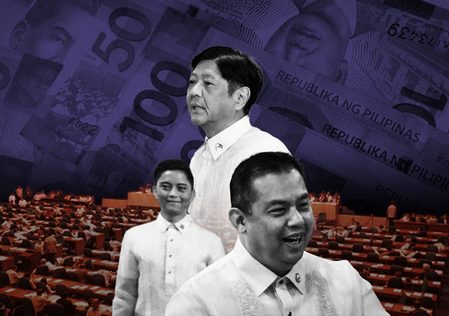

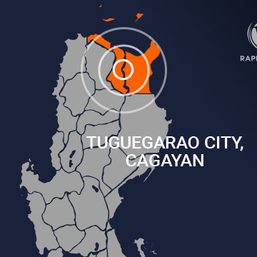

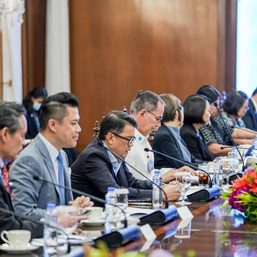
![[OPINION] The First Mode conundrum](https://www.rappler.com/tachyon/2024/03/tl-first-mode-conundrum-03232024.jpg?resize=257%2C257&crop=283px%2C0px%2C720px%2C720px)
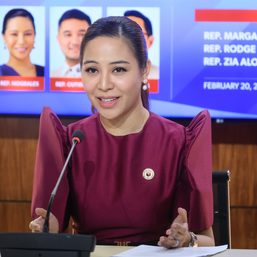

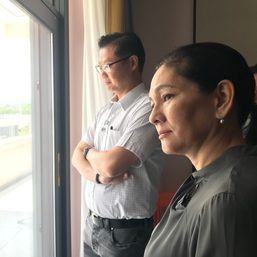



There are no comments yet. Add your comment to start the conversation.